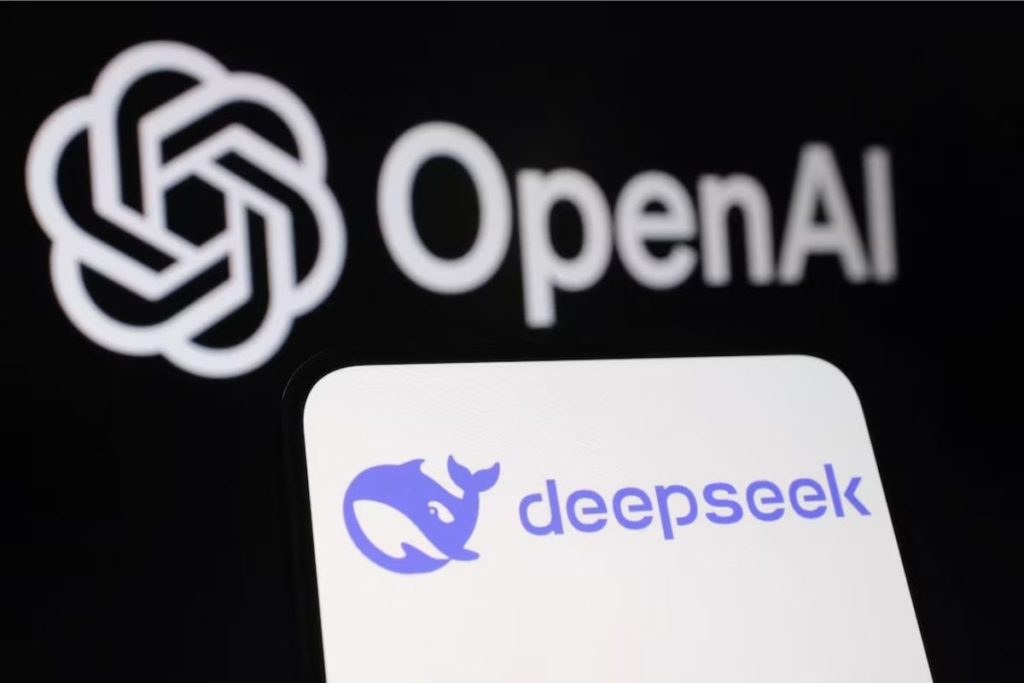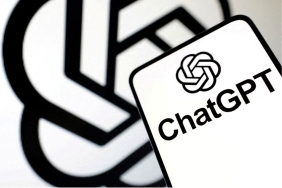The DeepSeek-R1 artificial intelligence (AI) model is now being hosted on Huawei’s ModelArts Studio platform, which is based in China. While specific details about the chipsets powering this AI model have not been disclosed by Huawei, a source has suggested that it operates using Ascend 910C GPUs. This disclosure has ignited speculation regarding whether the Chinese AI entity utilized the same hardware for training its models; however, no concrete evidence currently supports this theory. OpenAI has asserted that it possesses proof indicating that DeepSeek may have employed its proprietary models during the training of the DeepSeek AI.
Huawei Chipsets Powering DeepSeek-R1
In a recent post on X (formerly Twitter), tipster Alexander Doria (@Dorialexander) shared an official image from Huawei announcing that a distilled version of the DeepSeek-R1 model will be hosted on its ModelArts Studio platform. The chipmaker describes its platform as “Ascend-adapted,” indicating that its data centers operate with the Ascend series chipsets. Nevertheless, the specific types of GPUs being utilized remain undisclosed.
The source claims that the inference of the DeepSeek large language model (LLM) is powered by Huawei Ascend 910C chipsets. This chipset is viewed as a competitor to Nvidia’s H800, albeit with some noted performance trade-offs.
While this assertion has yet to be validated, it carries significant implications. The DeepSeek-R1 AI model was launched merely a week ago, and typically, AI models are engineered to operate on the same chipset on which they were trained.
While other GPUs can be adapted to run the model, this process often involves considerable time and effort. If Huawei can effectively run the model’s inference on its Ascend-adapted platform, it raises the possibility that the same framework may have been utilized for training. However, this connection remains unproven.
The release of the DeepSeek-R1 AI model has been characterized by a lack of transparency, as the firm has only made the model weights available while withholding details about the datasets and training methodologies. Moreover, the ambitious claims made by the company, including a total developmental cost of just $6 million (approximately Rs. 51.9 crores), have prompted skepticism among industry experts regarding the approaches taken by the firm.
It is also important to note that last year, the U.S. government imposed restrictions on American GPU manufacturers, preventing the sale of high-end AI chipsets to China, a move aimed at maintaining its leadership in AI and curbing China’s advancement in this field.






